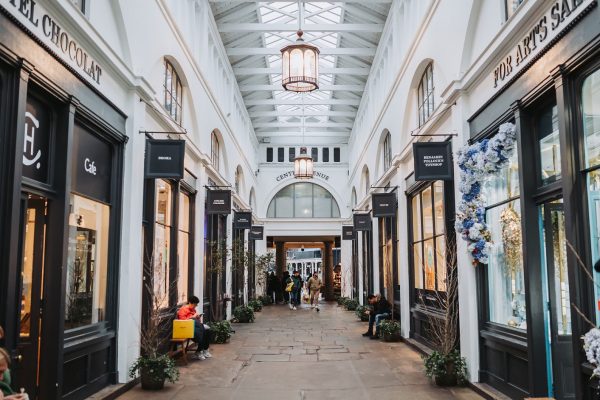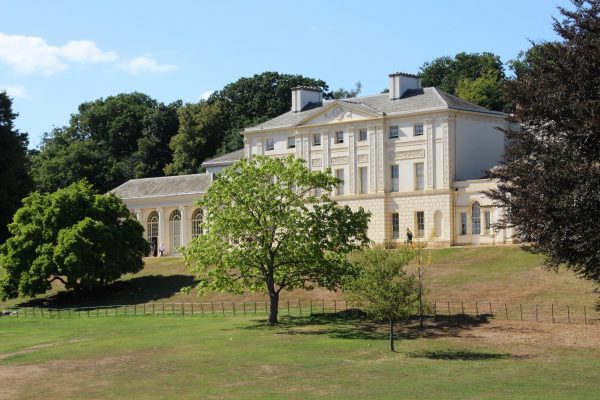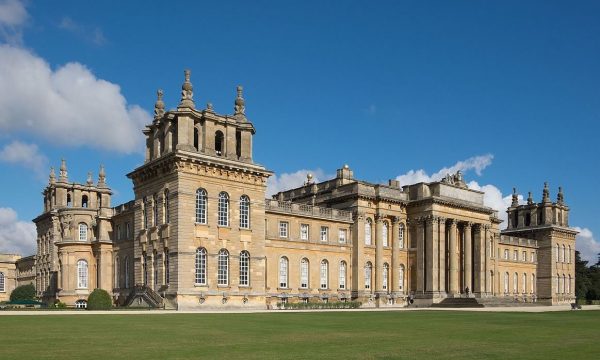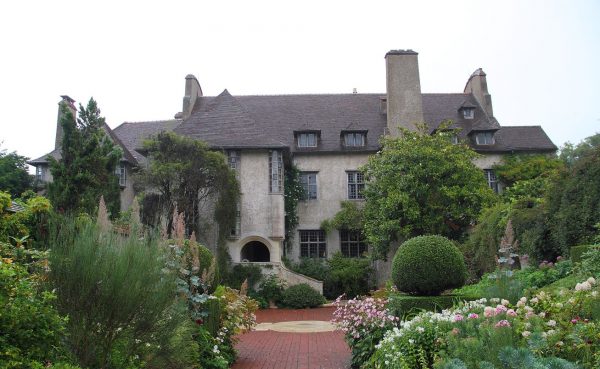Architects who inspired generations of British home building

Britain is blessed with an embarrassment of riches in terms of its housing stock – from idyllic thatched cottages and bijou terraced homes, to fine baroque townhouses and country mansions with sparkling orangeries and manicured gardens.
This blog reveals the work of five fantastic architects who continue to inspire generations of home builders.
1. Sir Christopher Wren (1632-1723)
Wren was a rather smart chap. He was an acclaimed astronomer, mathematician and physicist but he was best known as one of the most prolific and successful architects in history.
He was known for his work in the English Baroque style and was influenced by European architecture with very ornate detail typified by The Palace of Versailles in France.
Baroque features included:
Vaulted cupolas
Twirling colonnades
Rough stone and smooth stucco walls and doorways
Frescoes and ornately painted ceilings
Trompe l’oeil paintings on the ceilings and walls. This included painted windows, which would give the impression that windows actually existed
Gilding on the interior and exterior
Elaborate and highly decorative interior design
It was Wren who was credited with rebuilding London, phoenix-like, out of the ashes of the Great Fire in 1666. He rebuilt 52 prestigious churches in the City of London, including his piece de resistance, St Paul’s Cathedral in 1710.
Other notable Wren creations include the Royal Hospital Chelsea, the Old Royal Naval College in Greenwich, and the south front of Hampton Court Palace (pictured below).
His baroque style was replicated in numerous country homes and fine townhouses up and down the country.
2. Inigo Jones (1573-1652)
Jones was the first English architect to use Vitruvian rules of proportion and symmetry in his buildings and he introduced the classical architecture of Rome and the Italian Renaissance to Britain.
Jones left his mark on London by his design of buildings, such as the Queen’s House, which is the first building in England designed in a pure classical style, and the Banqueting House, Whitehall, as well as the layout for Covent Garden square (pictured below) which became a model for future developments in the West End.
He was commissioned by the Earl of Bedford to build Covent Garden, which he did along the lines of the Italian piazza of Livorno. The Earl felt obliged to provide a church but he warned Jones that he wanted to economise.
He told him to simply erect a “barn”. Jones responded that the lord would have “the finest barn in Europe”. In his design, Jones adhered to Vitruvius’s design for a Tuscan temple and St Paul’s was the first wholly and authentically classical church built in England.
The inside of St Paul’s was gutted by fire in 1795, but externally it remains much as Jones designed it and it still dominates the west side of the piazza.
Jones also designed the square of Lincoln’s Inn Fields which served as a model for other English and Welsh towns such as Bath’s Royal Crescent.

3. Robert Adam (1728–1792)
Adam was one of the most important British architects working in the Neoclassical style – a movement in the decorative and visual arts that drew inspiration from the art and culture of Ancient Greece and Rome.
Born in Kirkcaldy, Scotland, he was the son of the established architect William Adam (1689-1748), and followed him into the family practice. In 1754 he embarked on a Grand Tour, spending five years in France and Italy visiting classical sites and studying architecture.
On his return, Adam established his own practice in London with his brother James. Although classical architecture was already becoming popular, Adam developed a distinctive and individual style which was applied to all elements of interior decoration, from ceilings, walls and floors to furniture, silver and ceramics.
The “Adam Style” as it became known, was enormously popular and had a lasting influence on British architecture and interior design.
Famous buildings designed by the Adam brothers include the Royal Exchange and Charlotte Square in Edinburgh, Pulteney Bridge in Bath, Osterley Park, Syon House and Kenwood House in London (pictured below), and, what was probably their most famous creation: the Adelphi, a multi-purpose development on the north side of the Thames built between 1768 and 1772 but now sadly mostly demolished.

4. Nicholas Hawksmoor (1661-1736)
He was a leading figure of the English Baroque style of architecture in the late-seventeenth and early-eighteenth centuries.
He worked alongside the principal architects of the time, Christopher Wren and John Vanbrugh, and contributed to the design of some of the most notable buildings of the period, including St Paul’s Cathedral, Wren’s City of London churches, Greenwich Hospital, Blenheim Palace at Oxford, and Castle Howard in North Yorkshire.
Six churches designed by Hawksmoor were:
St Alfege’s, Greenwich
St George’s, Bloomsbury
Christ Church, Spitalfields
St George in the East, Wapping
St Mary Woolnoth
St Anne’s Limehouse
They remain his best-known independent works.
Hawksmoor was also famed for his garden buildings in stately homes and monuments in towns up and down the country. These included the
Pyramid, the Mausoleum, Carrmire Gate and the Temple of Venus at Castle Howard, and the Woodstock Gate at Blenheim Palace (pictured below).
He also designed the Obelisk in Ripon’s Market Place, erected in 1702. At 80 feet in height, it was the first large-scale obelisk to be erected in Britain.

5. Sir Edwin Landseer Lutyens (1869-1944)
Lutyens designed countless English country houses, war memorials and public buildings and was regarded by many as the greatest architect since Wren.
His first commission was a private house at Crooksbury, Farnham, Surrey, where he met the garden designer and horticulturist Gertrude Jekyll. In 1896 he began work on a house for Jekyll at Munstead Wood near Godalming, Surrey. It was the beginning of a professional partnership that would become the blueprint for many Lutyens country houses.
Lutyens’ fame grew largely through the popularity of the new lifestyle magazine, Country Life, created by Edward Hudson, which featured many of his designs. Hudson admired Lutyens’ style and commissioned him for a number of projects, including Lindisfarne Castle and 8 Tavistock Street in London, which was the Country Life headquarters.
Most of Lutyens’ early work was in a Victorian Arts and Crafts style, strongly influenced by Tudor architecture. Important works of the period included Munstead Wood, Tigbourne Court, Orchards and Goddards in Surrey, Deanery Garden and Folly Farm in Berkshire, Overstrand Hall in Norfolk and Le Bois des Moutiers in France (pictured below).
In 1924, he completed the supervision of the construction of what is perhaps his most popular design: Queen Mary’s Dolls’ House. This four-storey Palladian villa was built in 1/12 scale and is now a permanent exhibit at Windsor Castle.

Insurance for your classically inspired home
If you are lucky enough to live in a home inspired by the works of one of our five great architects, you will want to ensure it is well protected. You will probably find it won’t be covered by standard household insurance. Adrian Flux can provide your Forever Home with non-standard or high value home insurance at a very competitive price.
Call 0800 369 8590 for a quote or book a callback at a time that suits you. Our best deals are always available over the phone. 81.5% of customers in August 2022 were able to get a cheaper quote over the phone, based on information they provided.






